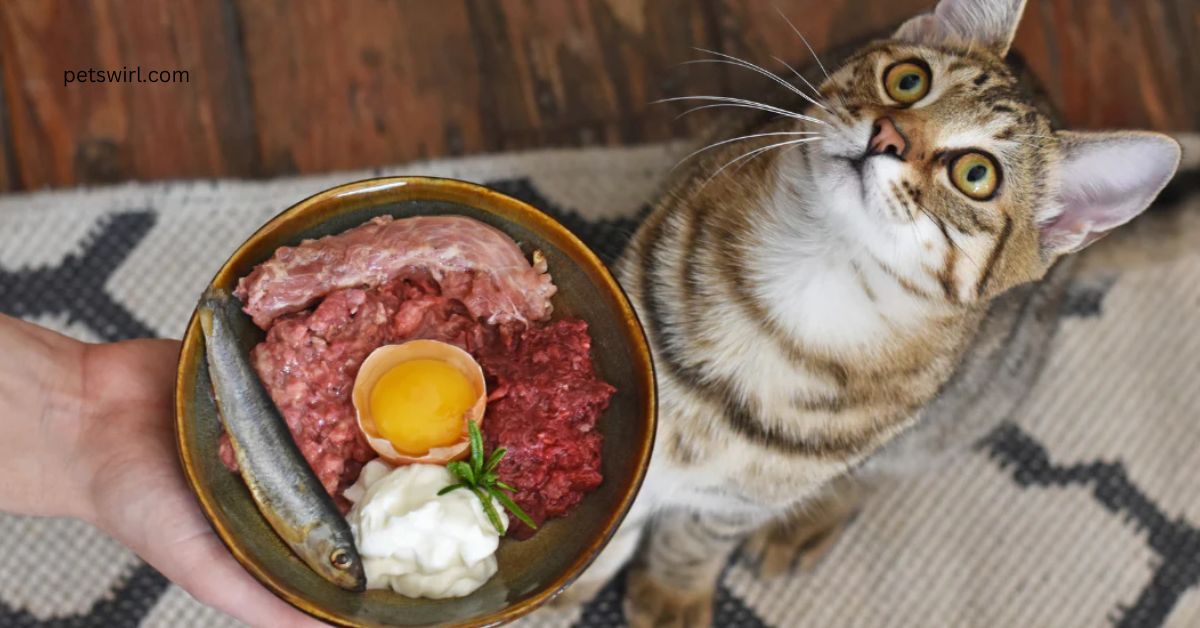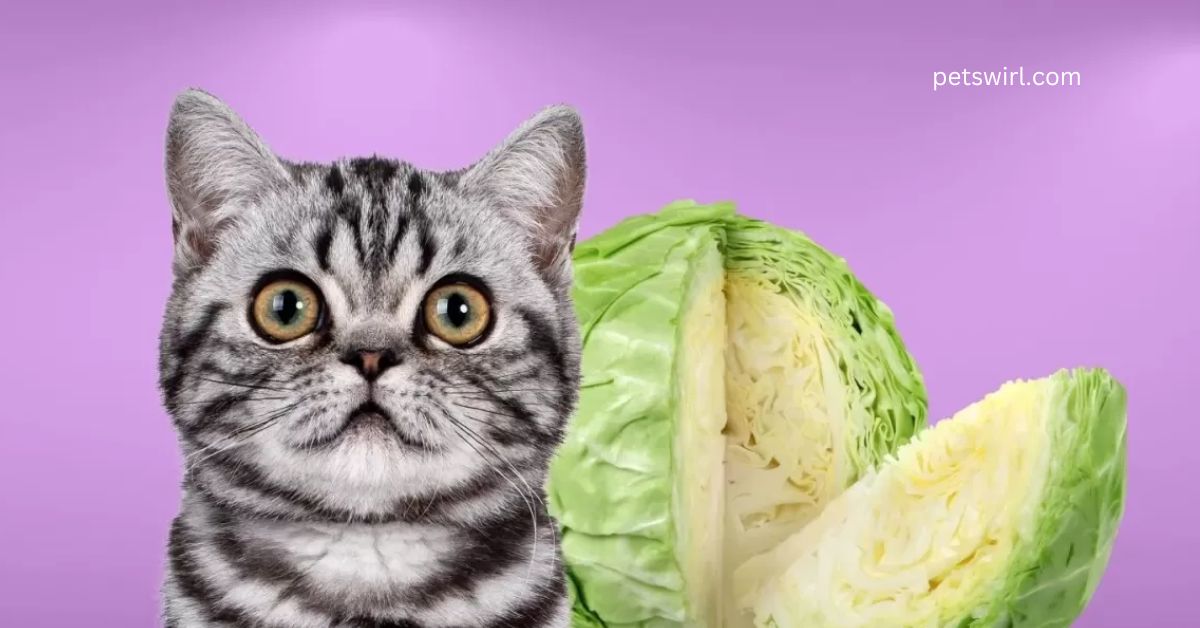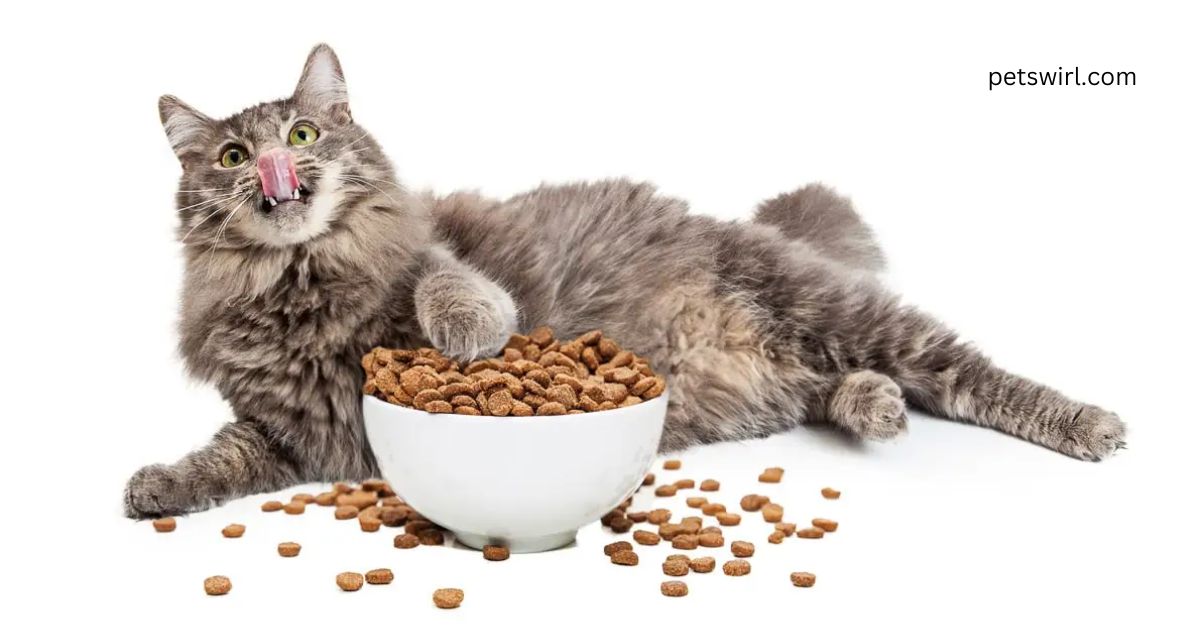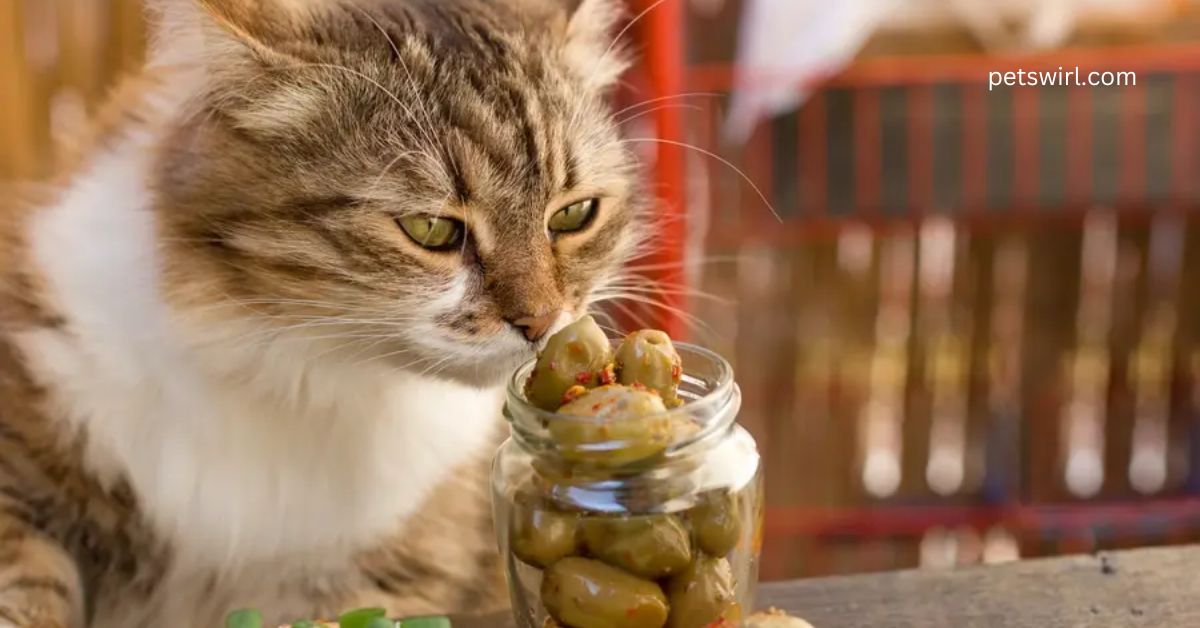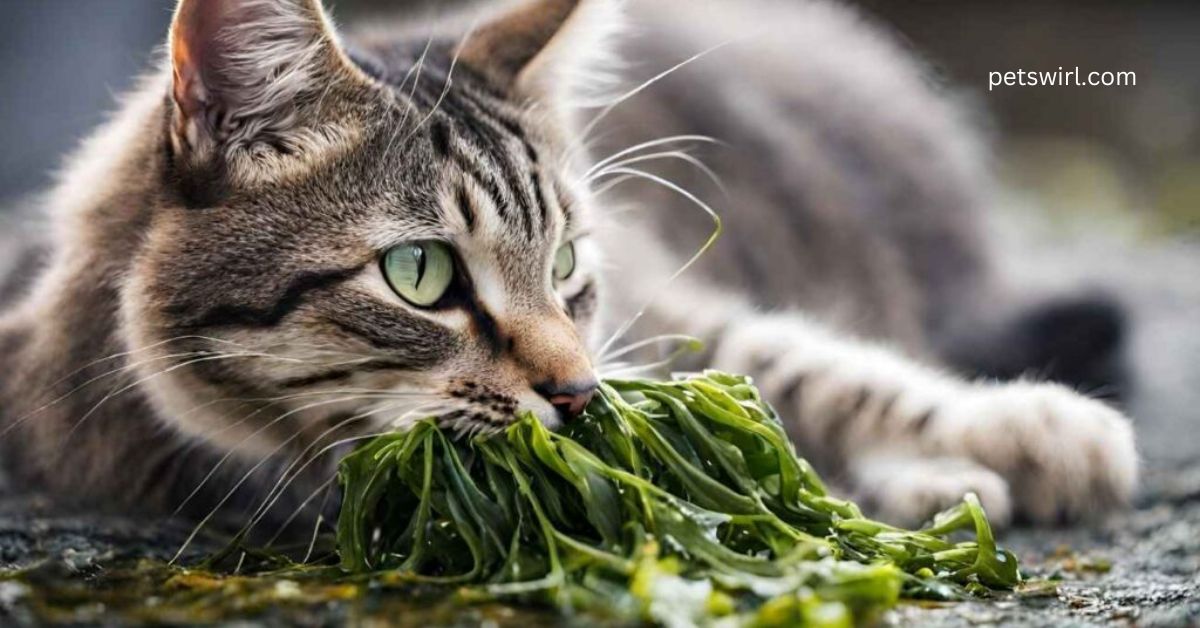As more cat owners seek to provide their pets with natural, nutritious meals, raw cat food has become a popular choice. This feeding approach mimics a cat’s ancestral diet, emphasizing the importance of fresh meat, bones, and organs. In this comprehensive guide, we’ll explore the benefits of raw diets, how to transition your cat to this style of feeding, and tips for safely preparing and serving raw cat food.
What Is Raw Cat Food?
Raw cat food consists primarily of uncooked animal ingredients, including muscle meat, organ meat, and bones. This diet is designed to replicate what cats would eat in the wild, offering a more natural source of nutrition. Many pet owners believe that feeding their cats raw cat food can lead to improved health outcomes compared to traditional kibble or canned food.
Benefits of Feeding Your Cat a Raw Diet
There are several potential benefits associated with feeding your cat a raw diet:
- Improved Digestion: Many cats find it easier to digest raw diets, leading to fewer gastrointestinal issues. The absence of grains and fillers commonly found in commercial pet foods can result in firmer stools.
- Healthier Skin and Coat: The natural fats in this can promote healthier skin and a shinier coat. Many cat owners notice significant improvements in their pets’ fur quality after making the switch.
- Increased Energy Levels: Cats on a raw diet often exhibit more energy and playfulness. This increase in vitality can be attributed to the higher protein content and lack of processed ingredients.
- Weight Management: For overweight cats, a raw cat food diet can aid in weight loss and management. High-protein, low-carbohydrate meals promote lean muscle mass and help control fat accumulation.
Choosing the Right Raw Cat Food Brands
When selecting raw cat food, it’s essential to choose reputable brands that prioritize quality and safety. Some well-regarded options include:
- Primal Pet Foods: Known for their variety of frozen and freeze-dried options, Primal uses organic ingredients and hormone-free meats.
- Stella & Chewy’s: This brand offers freeze-dried raw meals that are convenient and easy to prepare, focusing on high-quality, ethically sourced proteins.
- Instinct Raw: Offering both frozen and freeze-dried options, Instinct is recognized for its commitment to using minimally processed ingredients.
Making Homemade Raw Cat Food
For those who prefer to prepare their own meals, making homemade raw cat food is an option. A balanced recipe should include muscle meat, bones, and organ meat, along with essential supplements. Here’s a basic recipe:
- 500g chicken thighs (with bone)
- 100g chicken liver
- 1 egg yolk
- 1 tsp fish oil
- 1,000 mg taurine supplement
- Vitamin E supplement
Always consult with a veterinarian before starting a homemade raw diet to ensure that it meets your cat’s nutritional needs.
The Convenience of Freeze-Dried Raw Cat Food
Freeze-dried options are excellent alternatives for pet owners looking for convenience. These products maintain the nutritional benefits of fresh ingredients while being shelf-stable. Simply add water to rehydrate the food before serving, making it an easy option for busy cat owners.
Transitioning Your Cat to a Raw Diet
Transitioning to raw cat food should be done gradually. Start by mixing small amounts of raw food into your cat’s current diet and increase the proportion over one to two weeks. Watch for any signs of digestive upset during this period, and adjust the transition as needed.
Comparing Raw Cat Food to Kibble
Raw diets differ significantly from kibble in terms of nutrition. While kibble is often high in carbohydrates and fillers, raw cat food typically contains higher protein levels and fewer processed ingredients, aligning better with a cat’s natural dietary requirements.
Safety Guidelines
Proper handling of raw ingredients is crucial for your cat’s health. Always wash your hands before and after handling raw meat, use clean utensils, and avoid cross-contamination with other foods. Store raw products in the freezer until ready to use, and thaw them safely in the refrigerator.
Feeding Kittens and Special Needs Cats
Kittens and cats with specific health concerns may benefit from a tailored raw diet. Kittens require additional calories and nutrients for growth, while older or recovering cats may need specialized meal plans. Consult your veterinarian for advice on the best approach for your pet.
Raw Cat Food for Allergies
Many cat owners find that feeding a raw diet can be beneficial for pets with food allergies or sensitivities. The limited ingredients in raw diets make it easier to identify and eliminate allergens, leading to a reduction in symptoms such as itching or digestive problems.
Storing Raw Cat Food Properly
To maintain the quality and safety of raw cat food, store it properly. Keep raw products in the freezer until it’s time to feed your cat. After thawing, use the food within two days, and any leftover meals should be discarded to prevent spoilage.
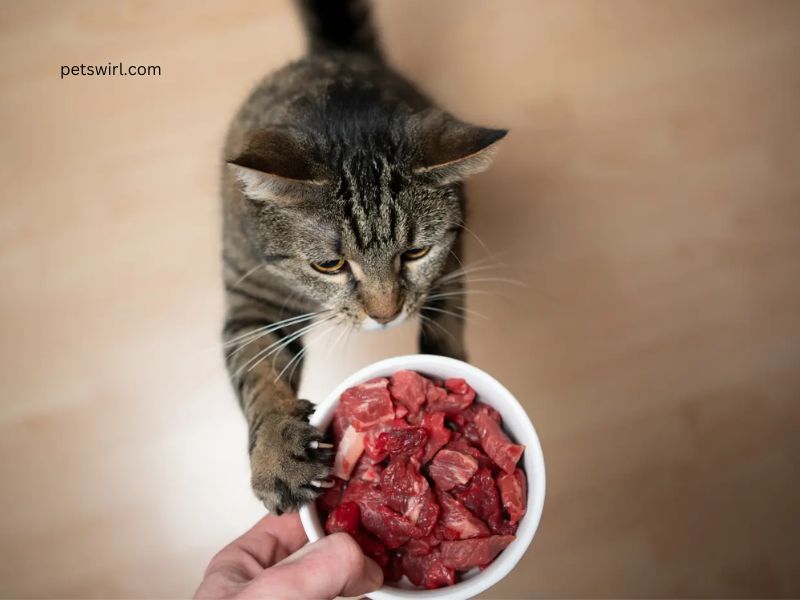
High-Protein Raw Cat Food Options
Cats require high levels of protein for optimal health. Raw diets naturally offer a protein-rich option, supporting muscle development and overall well-being. For active or aging cats, a higher protein content can be especially beneficial.
Meal Plans
Creating a meal plan for your cat can help ensure they receive balanced nutrition. Include a variety of proteins, such as chicken, turkey, and fish, along with the appropriate organs and bones. Consider incorporating supplements like taurine and omega-3 fatty acids to enhance the nutritional profile.
The Role of Raw Chicken in Cat Diets
Raw chicken is a common protein source in many raw cat food diets. It provides essential nutrients and is generally well-tolerated by most cats. Always use fresh, high-quality chicken and handle it safely to prevent contamination.
Commercial Raw Cat Food Safety
When choosing commercial options, look for products that are certified by pet nutrition organizations. This ensures that the food is formulated to be safe and nutritionally complete. Brands with clear sourcing and manufacturing practices are typically more reliable.
Benefits for Skin and Coat
Many pet owners report improvements in their cat’s skin and coat health after switching to a raw diet. The natural oils and nutrients in fresh ingredients can help reduce dryness and irritation, leading to a healthier appearance.
Grain-Free Raw Cat Food Options
Grain-free diets are often preferred by those feeding their cats raw food. Cats do not naturally consume grains, so eliminating them can reduce the risk of allergic reactions and digestive issues.
Veterinary Approval of Raw Diets
When considering a raw feeding approach, consult with a veterinarian, especially if your cat has health concerns. A vet can help you choose the right products or create a balanced homemade plan tailored to your cat’s needs.
Conclusion
Feeding your cat a raw diet can be a rewarding way to support their health and well-being. With the right knowledge and preparation, you can ensure that your feline companion enjoys a nutritious, natural diet that meets their dietary needs. Whether you opt for commercially available options or decide to prepare homemade meals, the transition to a raw cat food diet could lead to numerous health benefits for your beloved pet.
Also Read: Dry Shampoo for Dogs

